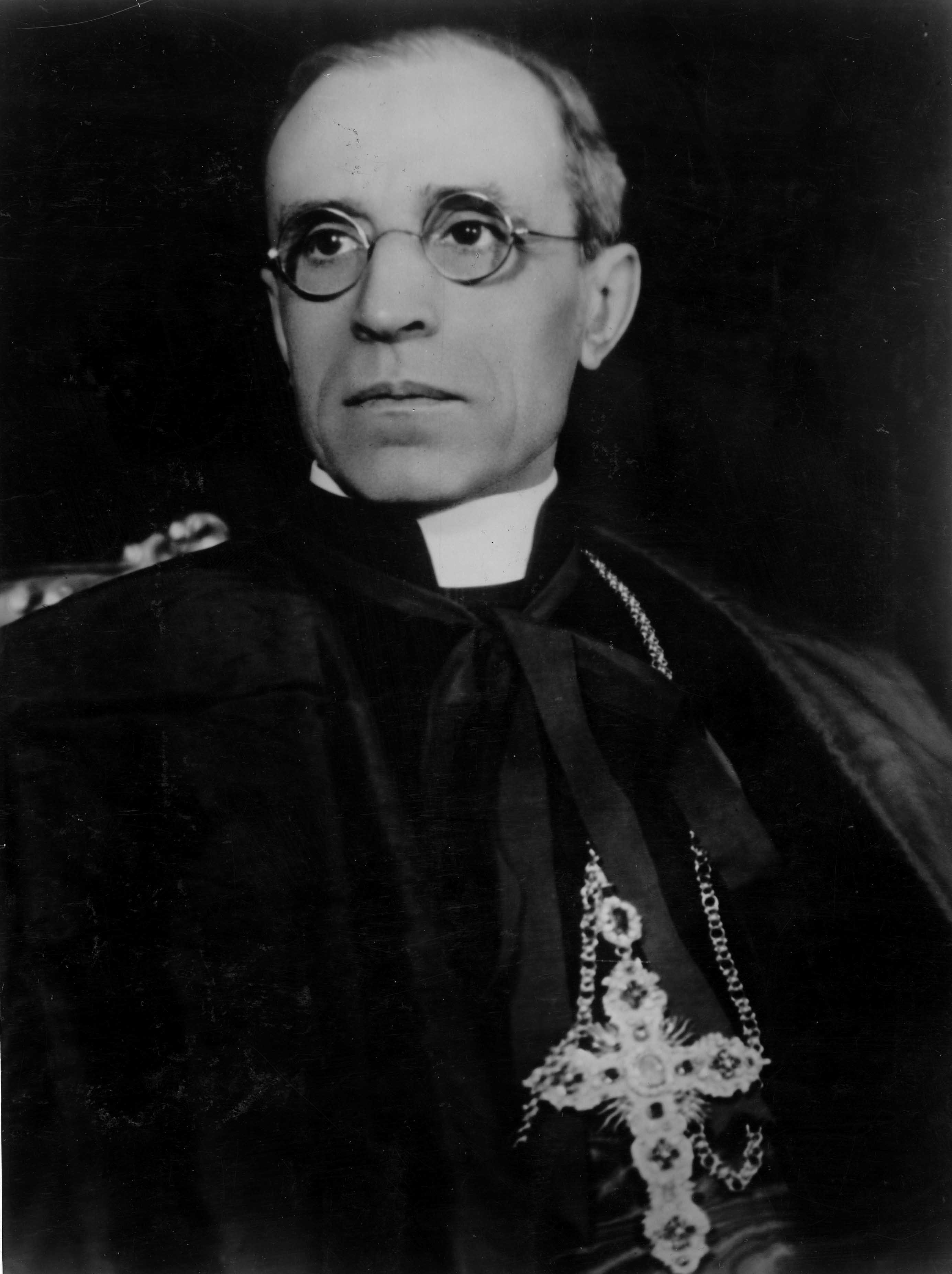Accused of being “Hitler’s Pope” for his notable silence on the Holocaust and the deportation of Italian-born Jews, the legacy of Pope Pius XII—who reigned from 1939 to 1958—has come under further scrutiny as of late. Despite the fact that the Vatican typically waits 70 years after the death of a pontiff to allow scholars archival access, with the push for his sainthood by conservative Catholics, Pope Francis announced his decision to allow public access to the wartime records, declaring “The Church is not afraid of history.” But so far, the archival evidence is damning.
Despite the Vatican archive being open for just one week before being shut down due to the Covid-19 outbreak, a German team from the University of Münster, led by Hubert Wolf, a prolific historian of the Catholic Church and a Catholic priest himself, has already uncovered documents that reflect poorly on Pope Pius.
While sifting through the documents, Wolf and his team immediately noticed a discrepancy between their research and the Vatican’s 11-volume series, Actes et Documents, published in 1965 to defend the pope.
Wolf’s team has begun to publish its own findings, which run counter to what Wolf describes as the highly selective and disjointed Vatican series. In just one week the Münster historians have unearthed several memos and reports that were found in the archives in Rome, but not included in Actes et Documents.
“That’s why we have to be skeptical about the whole eleven-volume series and check it against the archive document by document,” Wolf told the German news outlet Kitche + Leben. “These 11 volumes break up the context in which the documents are found in the archive. The result is that one can no longer understand how they relate to each other.”
According to the researchers, two letters to the Vatican in August 1942 independently corroborate reports of mass murder in Warsaw, Poland and Lviv, Ukraine. Wolf told the Hamburg-based Die Zeit that Andrey Sheptytsky, the Ukrainian Greek Catholic archbishop of Lviv, had sent Pius a letter detailing the massacre of 200,000 Jews in Ukraine under the “outright diabolical” German occupation.
Since the end of World War II, myriad of documents published by various official sources have indicated that those within the Catholic Church, including Pope Pius, were indeed aware of the mass killings carried out by Nazi Germany.
A secret report from a U.S. diplomat to the Vatican, dated September 27, 1942, estimated that 100,000 Jews had been massacred in the Warsaw Ghetto, and added that an additional 50,000 were killed in Lviv in German-occupied Ukraine, per the Geneva office of the Jewish Agency for Palestine.
The Roosevelt administration sought to confirm whether the Vatican had likewise received such an account of mass murder, and, if the information could be verfied, hoped to encourage the Vatican to rally Catholics and public opinion worldwide against these Nazi crimes. According to Wolf, the report included a note from the archive confirming that Pius had read the American message.
However, in the following month the Vatican told Myron C. Taylor, President Roosevelt’s envoy to Pope Pius, that it could not confirm the Jewish Agency’s report.
The basis for this, according to Wolf, is an archived memo from Cardinal Angelo Dell’Acqua, at the time a staffer at the Secretariat of State, who warned against believing any Jewish report because they “easily exaggerate” and, in reference to Archbishop Sheptytsky, “Orientals are not really an example of honesty.” Countless examples like this exist throughout the war.
On April 5, 1943 a Sinti man living in Munich under the false name of Oskar Rose risked his life in an attempt to visit Cardinal Michael von Faulhaber to detail the deportations of Sinti and Roma families to Auschwitz-Birkenau.
The cardinal declined to receive him, writing in his private diary, “the 14,000 gypsies within Reich territory are said to be assembled in a camp and being sterilized, and that the Church should intervene. Wants a solution from me. — No, I can provide no prospect of help.”
Per the Hamburg-based Die Zeit, Wolf’s research team also discovered three photographs that were smuggled out by a Jewish informer and passed along to the Vatican ambassador of Switzerland. The photographs show the emaciated bodies of concentration camp inmates and corpses strewn into a mass grave. The Holy See, according to archival documents, confirmed that the photographs had been received.
While the long-awaited opening of the Vatican archives has been further delayed—at least until the end of this summer—with over 1,300,000 documents to pore through, Wolf says that it could take his team over ten years to get through all the material.
Noting that, “We have to first check these newly available sources. If Pius XII comes out of this study of the sources looking better, that’s wonderful. If he comes out looking worse, we have to accept that, too.”





